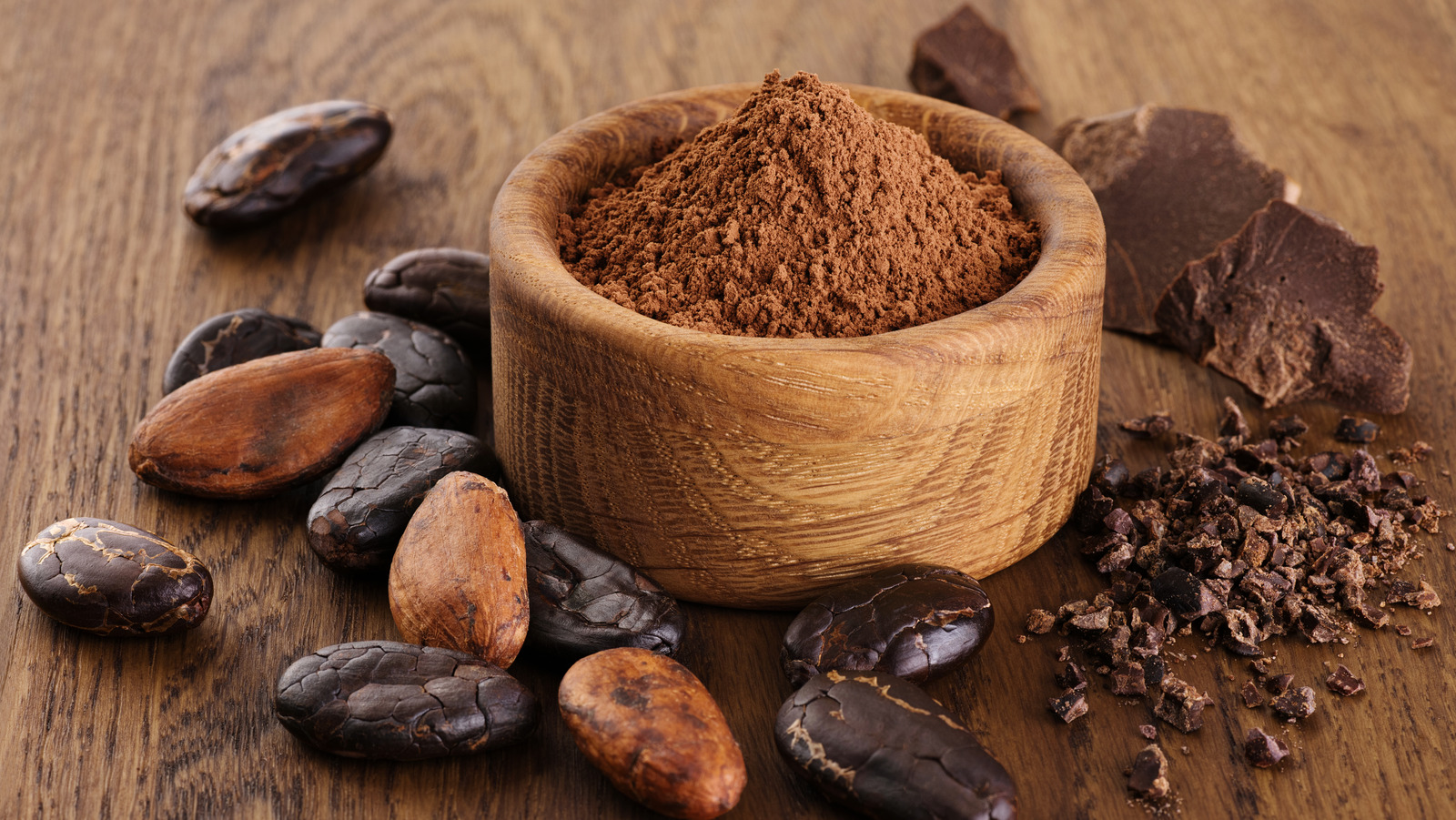
- Commodities
African factories are running out of cocoa
Do you want to know how to make money from this?
Register for free and get expert advice, access to a training course and webinars.
Key points:
- There has been a significant decline in the volume of cocoa bean processing at factories in Côte d’Ivoire and Ghana.
- Retail chocolate prices rose 11.6% in 2023, with prices expected to rise further.
- Global cocoa production is forecast to decline by 10.9%.
There has been a decline in the volume of cocoa bean processing at large African enterprises located in Côte d’Ivoire and Ghana. This is due to rising prices for raw materials, which makes their purchase unprofitable. In connection with the above factors, a further increase in prices for chocolate products on the world market is predicted.
It is worth noting that over the past three years, cocoa producers have already increased prices for consumers several times. This is caused by crop failures that have led to a shortage of cocoa beans.
Côte d’Ivoire and Ghana, which together produce about 60% of the world’s cocoa, are now expected to experience a fourth consecutive year of poor harvests. Over the past year, prices for cocoa beans have more than doubled, reaching record levels.
Production crisis
Due to the reduction in the production of cocoa beans, there is an urgent need to reduce the demand for chocolate products. Chocolate makers cannot process the cocoa beans themselves and must rely on processors to turn the beans into the oil and liquor needed to make chocolate.
In the near future, the closure of several more large state-owned factories is predicted in Côte d’Ivoire, which is a leader in cocoa production (almost 50% of the world’s volume). Even a major trader like Cargill is having difficulty purchasing cocoa beans for its large processing plant in Ivory Coast. Last month, the plant’s operations were suspended for a week.
In Ghana, the second-largest cocoa-producing country, most of its eight factories, including the state-owned Cocoa Processing Company (CPC), have repeatedly suspended operations for several weeks since the start of the season in October.
Rising prices for chocolate
Rising prices for cocoa beans have led to the destabilization of the long-established mechanism of global trade. Traditionally, farmers sell beans to local dealers, who in turn sell them to processors or global traders. Next, the beans or processed products (butter, powder, cocoa mass) are supplied to global chocolate manufacturers such as Nestle, Hershey and Mondelez.
In normal times, the cocoa market is tightly regulated: prices for beans are fixed a year in advance, and local dealers buy them from farmers at pre-agreed prices. Regulators then set lower selling prices at which farmers can sell the beans. However, in conditions of shortage, as is happening this year, the system fails. Local dealers, in an effort to secure a supply of cocoa beans, are forced to offer farmers a premium to the established selling price.
In response to rising prices for cocoa beans, chocolate manufacturers also increased prices for their products. U.S. retail chocolate prices are up 11.6% in 2023 compared to 2022, according to research firm Circana. The International Cocoa Organization (ICCO) forecasts that global cocoa production will fall by 10.9% to 4.45 million tonnes this season.
Do you want to know
How to make money from the news
Register for free and get:
- Expert consultation;
- Access to the training course;
- Opportunity to participate in webinars

